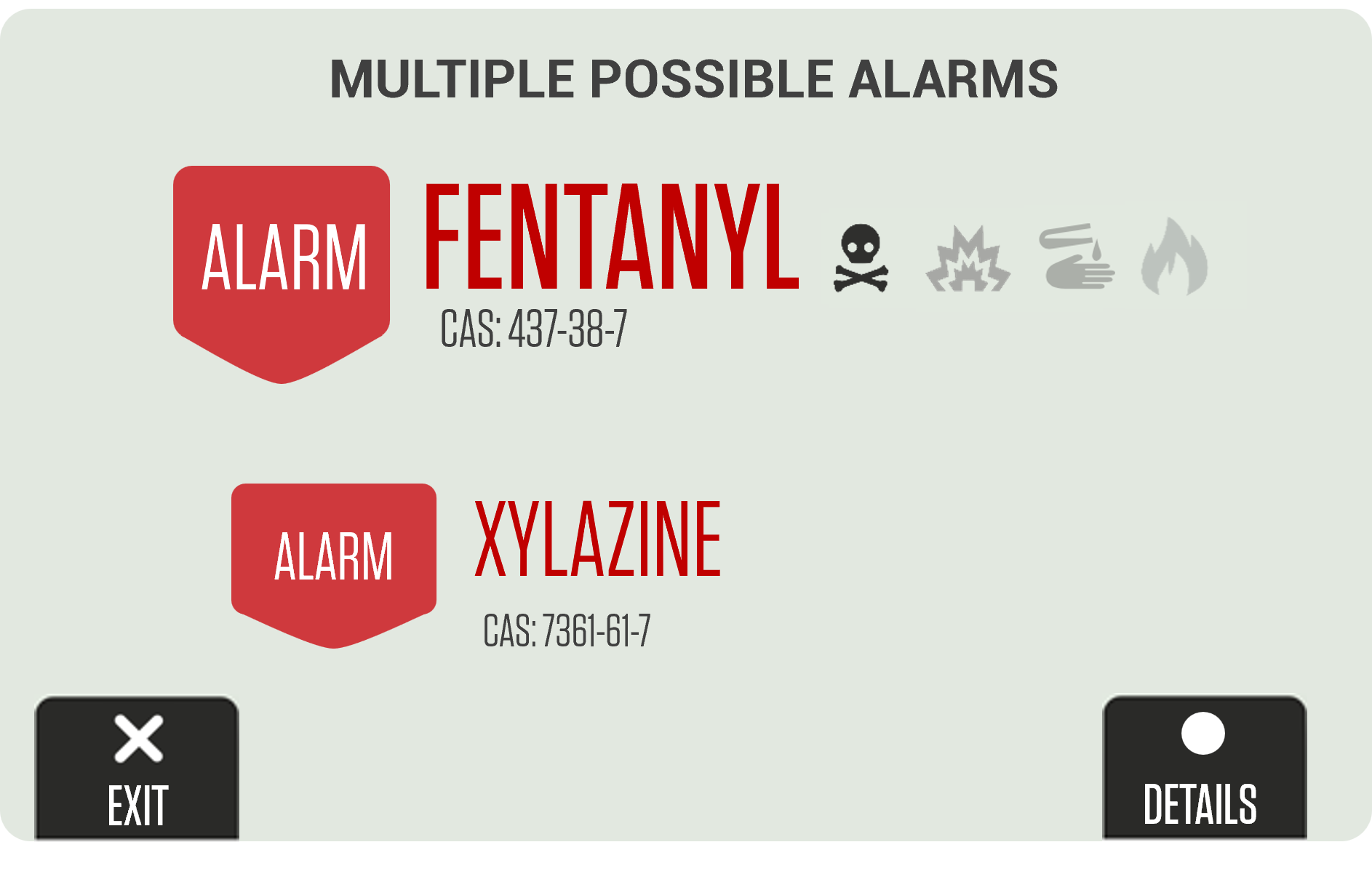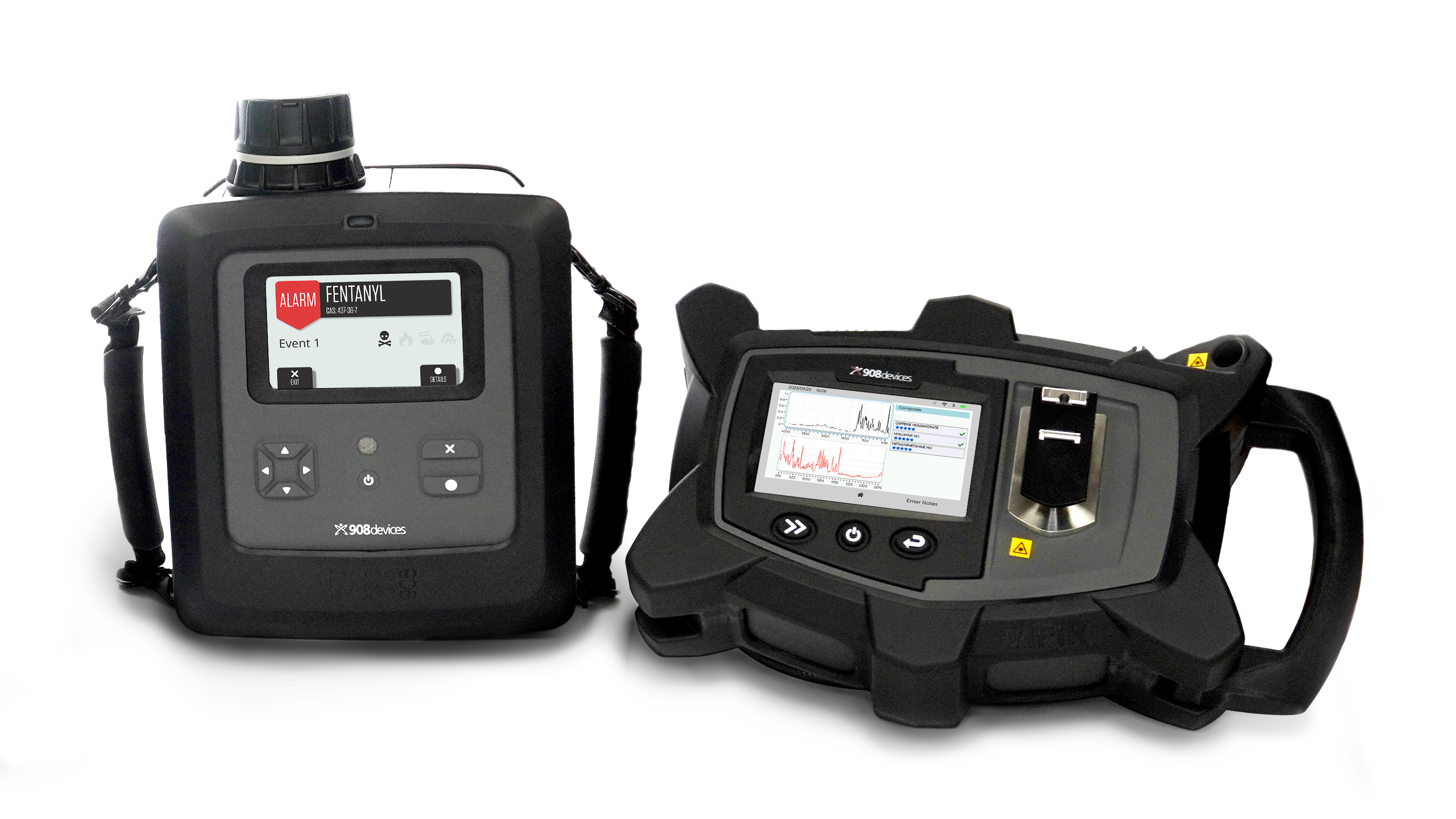The opioid crisis continues to be a major public health, national safety and federal priority. Currently fentanyl remains the primary substance of overdose deaths in the United States, with synthetic opioids claiming more than 70,000 lives in 2023 alone. The crisis has become more dangerous because of additives like xylazine, a veterinary sedative resistant to naloxone, and the steady influx of new fentanyl analogs. These factors make detection and enforcement increasingly complex, demanding a coordinated national response.

Federal lawmakers have recently passed various laws to address the crisis through criminal enforcement, public health measures and advanced detection methods. While the One Big Beautiful Bill has garnered attention, several other critical initiatives are gaining momentum, including the HALT Fentanyl Act, the STOP Fentanyl Overdoses Act, and the DETECT Fentanyl and Xylazine Act. Together, these efforts reflect unprecedented federal resolve to address fentanyl at every stage: prevention, interdiction, and treatment.
HALT Fentanyl Act — HALT(ing) the Increase of Fentanyl Cemented as Schedule 1 Substance
The Halt All Lethal Trafficking (HALT) Fentanyl Act marks the temporary classification of fentanyl-related substances as Schedule I under the Controlled Substances Act permanent. By closing chemical loopholes for traffickers, law enforcement now has a consistent framework for prosecution. Signed into law in July 2025, the HALT Fentanyl Act eliminates uncertainty around temporary scheduling and ensures that enforcement efforts remain uniform nationwide.
This legislation also highlights the importance of precise detection technology. As trafficking networks adapt, tools capable of distinguishing illicit substances from legitimate ones will be vital for both public safety and fair prosecution.
STOP Fentanyl Overdoses Act — Power in Prevention
The Support, Treatment, and Overdose Prevention of Fentanyl Overdoses (STOP) Act introduced in 2023, acknowledges that enforcement alone cannot end the opioid crisis. The bill broadens federal backing for prevention, treatment, recovery, and harm-reduction efforts, while funding community-based programs such as naloxone distribution, public education campaigns, and collaborations between health agencies and first responders.
The STOP Act also supports stronger collaboration between public health and law enforcement by aligning strategies, resources, and data-sharing to address the crisis from both a healthcare and criminal justice perspective. This integrated approach enables earlier intervention, more coordinated responses, and improved outcomes for affected communities. At the same time, it highlights the pressing need for advanced detection tools that can accurately distinguish illicit substances from legitimate ones.
DETECT Fentanyl and Xylazine Act – Reducing the Supply
The Detection Equipment and Technology Evaluation to Counter the Threat (DETECT) Fentanyl and Xylazine Act strengthens U.S. border security by providing resources for advanced detection technologies and specialized training. This enforced law equips customs and border agents with the tools needed to identify fentanyl and its analogs, and dangerous additives like xylazine before they enter the country.
By stopping trafficking at points of entry, the act reduces the supply driving overdoses in communities and enhances the ability of frontline agents to respond to increasingly sophisticated smuggling tactics.
908 Devices Technology as a Force Multiplier
While these legislative steps are critical, their true impact lies in what they empower: highly powered, in-field tools capable of meeting the demands of the opioid and emerging drug crisis. These laws not only expand prevention, treatment, and harm-reduction efforts but also enable agencies like Customs and Border Protection, HAZMAT teams, and other frontline units to deploy technology with the speed and precision needed to act in real-time. Responders need technology that matches the urgency and precision these new policies demand; and that’s where 908 Devices delivers.
Specifically, the MX908 delivers rapid, field-deployable, trace-level identification of fentanyl, xylazine, nitazenes, and other controlled substances. The device’s sensitivity, with its ability to identify invisible residues on surfaces and in complex mixtures, address the reality that overdoses from compounds like carfentanyl can occur with as little as 0.2mg (about 2-3 grains of salt). This capability gives frontline officers immediate, confident answers to protect themselves and the public.

Additionally, the VipIR focuses on precursors and cutting agents found in bulk powder or liquid form tied to fentanyl and nitazene production. With an expansive library of over 39,000 chemical spectra, it provides broad, confirming analysis of controlled substances and hazardous mixtures. By complimenting the MX908’s trace identification capability, VipIR helps agencies target the upstream supply chain and reduce delays in enforcement and interdiction. Together, these capabilities turn legislative priorities into actionable and confident outcomes that protect lives and communities.
The recent surge in federal fentanyl legislation reflects unprecedented national momentum and growing public awareness around the urgency of combating the opioid crisis. These measures enhance both enforcement and prevention efforts, as well as interdiction efforts, and demonstrate widespread backing for equipping frontline teams with the tools they need. When advanced technologies like the MX908 and VipIR are deployed, law enforcement gains new abilities where they’re needed most. Together, these capabilities translate legislative priorities into measurable outcomes, fewer investigative delays, faster intervention, and stronger interdiction at trafficking points. The result is not the promise of a quick fix, but meaningful progress that reduces harm, saves lives, and strengthens community resilience.